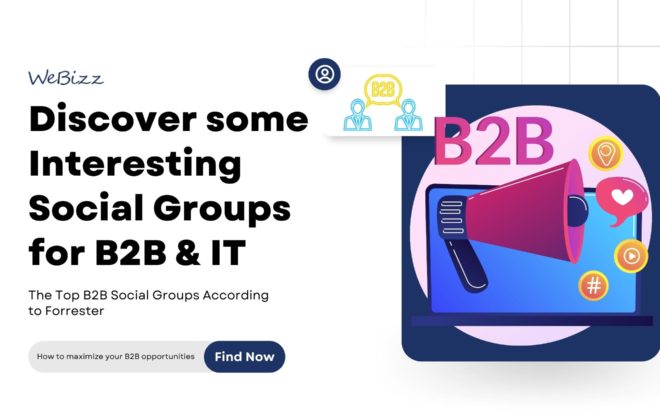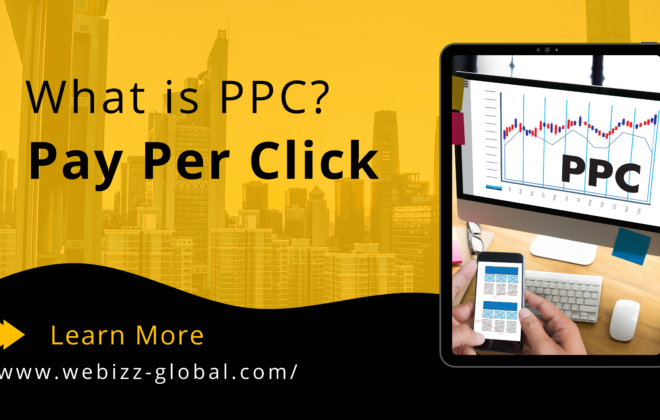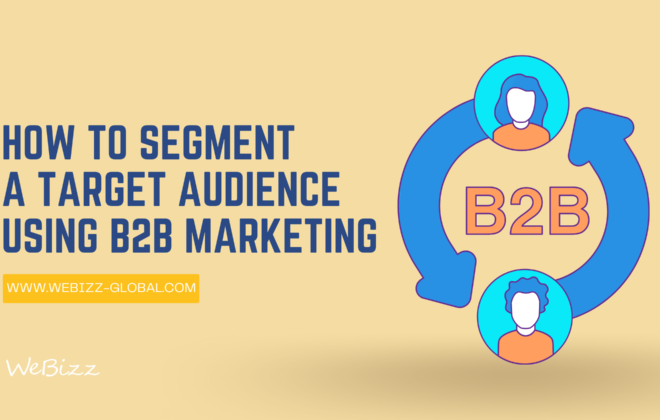How to Make An Outstanding B2B Landing Page – 8 tips here
Landing pages capture leads and usually offer free content in exchange for the user’s contact information. They are a crucial part of B2B digital marketing.
Learning how to make an outstanding B2B landing page can be extremely beneficial to your business and marketing strategy (Source: Ironpaper).
How to Make a Grade A Landing Page
The structure of a landing page can vary depending on your goals, but in general these are some of the most common elements:
• A captivating but clear header
• Engaging and simple text
• Forms that offer further information or promotions
• A CTA (Call To Action)
8 Tips for Creating the Best Possible B2B Landing Page
1. Give Them a Reason to Contact You
Digital bait is nothing more than material of interest to the user that you will give away for free. But in return, the visitor must leave his or her contact information, such as their email, phone, and company.
This type of offer is very persuasive because you are offering free content that is interesting and relevant to a business for the small ask of simply leaving their contact details (Source: European Business Review).
2. Know Your Target Audience Inside-and-Out
It’s vital that you know your target audience inside and out before you finalize your B2B landing page. Trying to appeal to everyone is never a good strategy, hence the importance of having a well-defined target audience when creating your landing page.
• Target Audience
A target audience is the profile of your audience according to the product or service you offer. Is your offer attractive to men or women? What are the quality markers that are most important to mention with regards to it? What profession does it appeal to? Which personalities is is most aimed at? From this, a group of people with common characteristics and who are potential buyers is created.
• Persona
A persona is someone in particular, a character created by you. But this character should be detailed according to your ideal client’s profile, in order to help you understand their behaviors and interests (Source: Venture Harbor).
3. Have a Well-Organized and Engaging Landing Page
Filling a landing page with unnecessary information or leaving it cluttered and confusing will lose you a lot of business.
How is a user going to provide his information if he can’t even find where to do it, for example?
It’s important to use a clear font, make buttons simple but unique colors and make the layout clear and visually appealing. This can and will make a difference in the user’s choice whether or not to send or not their information in exchange for content (Source: Landingi).
4. Optimize Your Landing Page for SEO
It’s very important to use effective SEO techniques on landing pages and business websites in general. The fact is that if search engines like Google can’t find your site, it’s very unlikely to have any success.
As landing pages often deliver content in exchange for user information, it is very important that this content is well ranked on Google when someone searches for it. So pay attention to SEO best practices!
5. Optimize the Landing Page for Mobile Devices
Currently, more than 50% of online traffic comes via mobile devices. As mobile device screens have completely different dimensions, the same website template cannot be used for them: this would make reading and browsing difficult for mobile users, and often impossible.
That’s why it’s important that not just your landing page, but your entire website has a mobile-only version, with a design made especially for compatibility with mobile devices (Source: Search Engine Journal).
6. Make User Forms Simple and Short
Nobody wants to fill out a form with 185 questions, right?
So, be careful not to make an overly large contact form, as this can scare off potential leads.
Ideally, you should get enough information to be able to manage the captured lead, but don’t overdo the number of questions.
If you work with B2B marketing knowing more about the company and the user’s role and interests is essential to keeping submission forms short and to-the-point (Source: Sleeknote).
7. Pay Attention to Landing Page Performance
Creating a landing page is just the beginning of building a successful B2B enterprise.
It’s important that you monitor your landing pages to see how they’re doing, how many leads they’re capturing and the quality of those leads. Based on that information, you can continue to optimize any landing pages you build (Source: Unbounce).
Now you know the importance of creating great landing pages. If you’re competing in the B2B market, you should start putting these best practices into play as soon as possible.
8. Pay Attention to the font you use
Sometimes fonts used in landing pages and in websites are too small and hard to read even if your eyes are perfect.
This could create frustration: a great part of our target audience could have some eye problems or at least could appreciate a nice and comfortable reading from any device. That’s why you should keep your font clear and readable. Is there a perfect font size? It depends. According to some sources, there is a specific formula to calculate the right font size in our web content. But in general, not less than 16px.
Isabella Federico
Categories
- B2B (9)
- Design (1)
- Digital Marketing (4)
- Google (2)
- Google Ads (7)
- News (1)
- Uncategorized (34)




